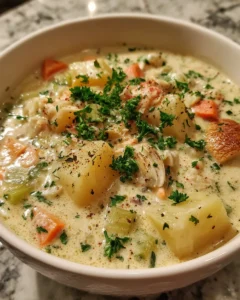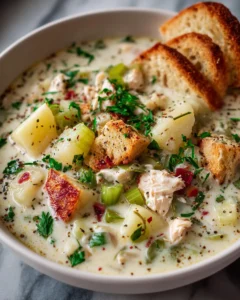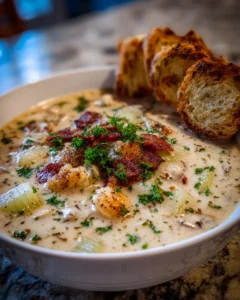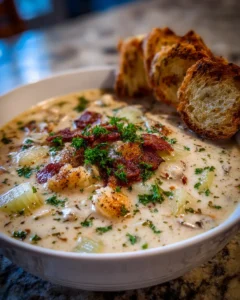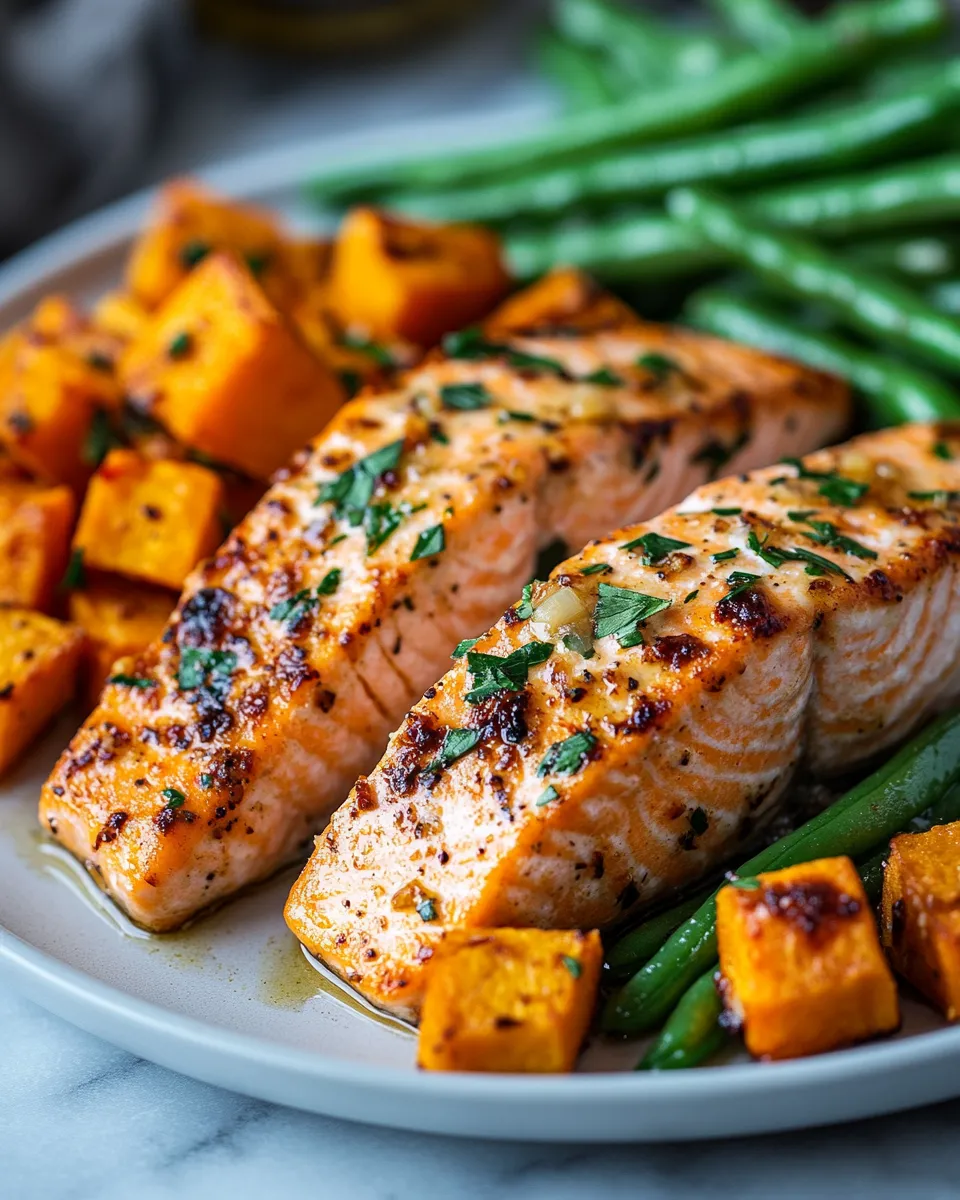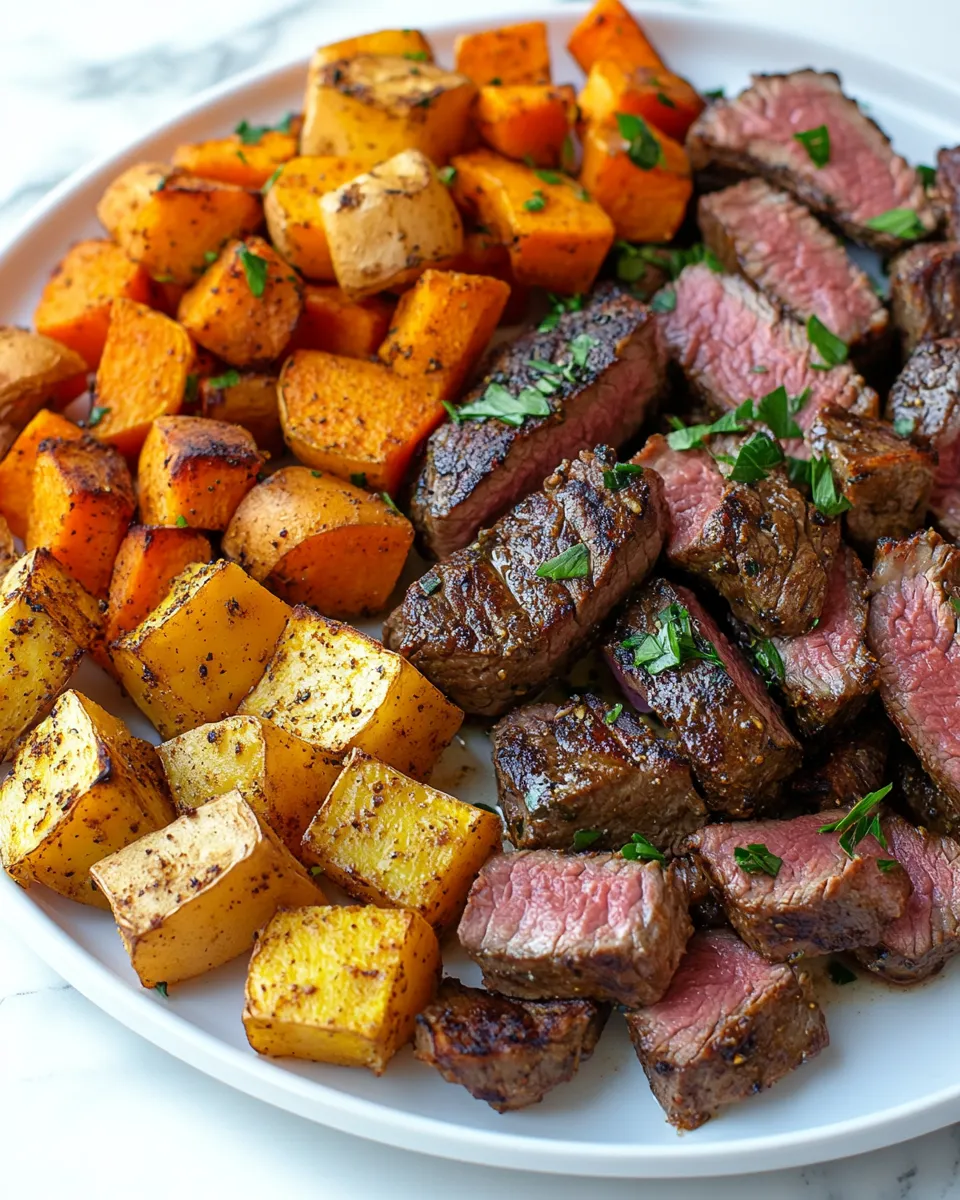There’s something truly comforting about a warm bowl of chowder on a chilly evening. Creamy New England Clam Chowder is a timeless classic that brings the taste of the coast straight to your kitchen. Perfect for cozy nights, family gatherings, or even a quiet solo dinner with a crusty piece of bread, this chowder embodies the comforting flavors of tender clams, rich cream, and hearty potatoes.
This recipe was inspired by traditional New England kitchens where simplicity meets flavor. Instead of relying on bacon or alcohol, we focus on the natural sweetness of clams, the creaminess of milk, and the subtle aromatics of onions and celery. The result is a velvety, heartwarming soup that feels indulgent without being heavy.
Ingredients
Before diving into the cooking process, gather all your ingredients. Using fresh, quality produce and clams will elevate the flavor of this chowder.
You will need:
-
4 cups of chopped clams (fresh or canned, drained, reserve liquid if using canned)
-
3 medium potatoes, peeled and diced
-
1 medium onion, finely chopped
-
2 celery stalks, finely diced
-
3 tablespoons unsalted butter
-
3 tablespoons all-purpose flour
-
2 cups whole milk
-
1 cup heavy cream
-
2 cups vegetable or clam broth
-
1 teaspoon salt (adjust to taste)
-
½ teaspoon freshly ground black pepper
-
½ teaspoon dried thyme
-
1 bay leaf
-
Optional garnish: chopped fresh parsley
Step-by-Step Instructions
Follow these steps carefully to achieve a creamy, flavorful chowder every time. Each stage of cooking builds layers of flavor, so take your time and enjoy the process.
Step 1: Prepare the Vegetables
Start by preparing your vegetables, which form the foundation of the chowder. Peel the potatoes and cut them into small, uniform cubes. Uniformity is key here—it ensures that all pieces cook evenly, giving the chowder a consistent texture. Dice the onion finely; this will release its natural sweetness and depth into the soup. Chop the celery into small pieces, which will add subtle flavor and crunch. Once chopped, set all vegetables aside. Having everything ready before you start cooking helps the process flow smoothly and reduces the risk of overcooking any ingredients.
Step 2: Make the Roux
In a large, heavy-bottomed pot, melt the butter over medium heat. Once fully melted, sprinkle in the flour while whisking continuously. This mixture forms a roux, which is crucial for thickening the chowder and giving it a silky texture. Continue whisking for 2–3 minutes until the roux turns a pale golden color. Be careful not to let it brown, as that can change the flavor and make it slightly nutty rather than creamy. The aroma at this stage should be rich and buttery—this is a sign that your chowder is off to a perfect start.
Step 3: Add Broth and Milk
Slowly pour in the vegetable or clam broth while whisking constantly to avoid lumps. Next, add the milk gradually, continuing to whisk to create a smooth, cohesive mixture. Bring the liquid to a gentle simmer over medium heat. Add the bay leaf, thyme, salt, and black pepper at this stage so the flavors have time to infuse the chowder. Stir occasionally and let the mixture thicken slightly before moving on to the next step. Taking the time to do this ensures that your chowder develops deep, balanced flavors.
Step 4: Cook the Potatoes
Add the diced potatoes to the simmering liquid. Allow them to cook for 12–15 minutes, or until tender but still intact. Be careful not to overcook, as potatoes can become mushy and disrupt the texture of your chowder. Stir occasionally to prevent sticking, and keep the heat moderate to avoid scorching the milk mixture. The potatoes will absorb the flavors from the broth, butter, and aromatics, making every bite rich and comforting.
Step 5: Add the Clams
Once the potatoes are tender, gently fold in the clams and cream. Heat just until warmed through—avoid boiling, as high heat can toughen the clams and curdle the cream. Taste the chowder and adjust the seasoning with salt and pepper if needed. Remove the bay leaf before serving. At this stage, the chowder should be thick, velvety, and infused with the sweet, delicate flavor of the clams.
Step 6: Serve and Garnish
Ladle the chowder into warm bowls. Garnish with freshly chopped parsley for a pop of color and added freshness. Serve with crusty bread, oyster crackers, or a light salad to create a complete, comforting meal. This final touch not only enhances presentation but also adds subtle texture contrasts that elevate the dish.
By following these steps carefully, you’ll create a creamy, flavorful New England Clam Chowder that captures the essence of coastal cooking and brings warmth to any table.
Tips for the Perfect Chowder
-
Use Fresh Clams When Possible: Fresh clams provide a sweeter, more complex flavor than canned. If using canned, reserve the liquid to enhance the broth.
-
Don’t Overcook the Clams: Adding clams too early or boiling them can make them rubbery. Add them at the very end and just warm through.
-
Cream vs. Milk Ratio: Adjust the balance of milk and cream to your preference. For a lighter chowder, increase milk and reduce cream.
-
Potato Choice Matters: Yukon Gold or Russet potatoes work best; they hold their shape and give a nice creamy texture.
Variations to Try
While this chowder is delicious as-is, you can experiment with subtle variations:
-
Vegetable-Forward: Add diced carrots or parsnips for extra sweetness and texture.
-
Herb Infusion: Try adding fresh dill or chives for a slightly different flavor profile.
-
Cheesy Twist: A small amount of sharp cheddar can be stirred in for a richer, indulgent chowder.
Health Benefits of New England Clam Chowder
Despite its creamy texture, this chowder has nutritional value:
-
Clams: High in protein, iron, and vitamin B12.
-
Potatoes: A great source of potassium and fiber.
-
Celery & Onion: Provide antioxidants and support digestion.
-
Milk & Cream: Provide calcium and vitamin D, though moderation is key for calorie-conscious diners.
By using plant-based broth or reducing cream, this chowder can easily fit into lighter, more health-conscious diets without sacrificing flavor.
Pairing and Serving Suggestions
Creamy New England Clam Chowder is a rich, comforting dish, and the right accompaniments can elevate it from a simple meal to a memorable dining experience. One of the easiest and most satisfying pairings is crusty bread. A fresh French baguette or hearty sourdough is ideal for dipping into the creamy chowder, soaking up the flavorful broth with every bite. The contrast between the crisp exterior of the bread and the smooth chowder creates a satisfying texture combination.
For a more traditional touch, oyster crackers are a classic accompaniment. Their small, crunchy texture adds a delightful contrast to the creamy soup without overpowering the delicate clam flavor. Simply sprinkle them over the top just before serving to maintain their crispness.
To balance the richness of the chowder, serve it alongside a simple salad. Light mixed greens dressed with a tangy lemon vinaigrette or a subtle vinaigrette with olive oil and vinegar provide a refreshing counterpoint to the soup’s creaminess. This adds a layer of freshness to the meal and can make it feel lighter and more balanced, perfect for lunch or dinner.
For beverages, white wine is a natural pairing. A crisp, dry Chardonnay or Sauvignon Blanc complements the flavors of the clams and cream without overwhelming the palate. If you prefer a non-alcoholic option, sparkling water with a squeeze of fresh lemon provides a refreshing acidity that cuts through the richness of the chowder.
For a fun, rustic presentation—especially when entertaining—serve the chowder in a hollowed-out bread bowl. This not only adds visual appeal but also allows guests to enjoy the bread soaked in the chowder, creating a comforting and interactive dining experience. With these thoughtful pairings, every bite of your creamy New England Clam Chowder will be a perfect balance of flavors and textures.
Storage and Reheating
-
Refrigeration: Store leftovers in an airtight container for up to 3 days.
-
Freezing: Chowder can be frozen, but potatoes may change texture slightly. Reheat gently on the stovetop to preserve creaminess.
-
Reheating Tips: Warm over low heat, stirring frequently. Avoid boiling to prevent curdling.
Frequently Asked Questions
1. Can I make this chowder ahead of time?
Yes, you absolutely can prepare New England Clam Chowder ahead of time, which makes it perfect for busy evenings or entertaining. To do this, prepare the chowder base—including the vegetables, broth, and roux—up to the point before adding the clams and cream. Allow it to cool slightly, then transfer it to an airtight container and refrigerate for up to 24 hours. When you’re ready to serve, gently reheat the chowder on the stovetop over low to medium heat. Once warm, fold in the clams and cream just before serving. This ensures the clams remain tender and the cream stays smooth, giving you a fresh, restaurant-quality chowder without the last-minute stress.
2. Can I make this chowder dairy-free?
Yes, this chowder can easily be made dairy-free while still maintaining its creamy texture and rich flavor. Substitute whole milk with unsweetened plant-based alternatives, such as oat milk, soy milk, or almond milk. For the cream, use coconut cream or a thick oat-based cream to replicate the velvety consistency of traditional chowder. Keep in mind that coconut cream may add a subtle coconut flavor, which can pair surprisingly well with clams. The key is to use unsweetened or lightly flavored plant-based products so the natural taste of the clams and vegetables remains prominent.
3. What type of clams is best for chowder?
Fresh littleneck or cherrystone clams are ideal for this chowder. These clams are tender, slightly sweet, and cook quickly, which makes them perfect for a creamy soup. If fresh clams aren’t available, high-quality canned clams can be used as a convenient alternative. When using canned clams, choose those packed in their natural juice rather than brine, and reserve the liquid to enhance the broth’s flavor. Avoid pre-seasoned or smoked clams, as they can overpower the delicate flavors of the chowder.
4. Can I thicken the chowder without flour?
Yes, there are several ways to thicken chowder without flour. One simple method is to mix a small amount of cornstarch with cold water to create a slurry, then stir it into the simmering chowder until it thickens. Another natural approach is to mash a few of the cooked potatoes directly in the pot; this releases starches that naturally thicken the soup while keeping it smooth and creamy. Both methods work well and allow you to achieve a rich texture without using wheat-based flour.

